Not Just Another Project
A guest feature by Richard Logan*
Having retired from a 40-year career in architecture, I had been aching to find another project to keep my idle mind and hands busy. When visiting Jennifer and James on a trip last year I had offered to help them rebuild their deck, but alas the time wasn’t quite right. One might wonder if a father/daughter team devoted to design pursuits might work well together. James, always the dutiful mate, was grateful for the offer, but just a bit skeptical, and had an interesting comment: “You guys work so well together that you will figure out ways to solve problems that may not need to be solved”. He’s right, of course. Jennifer and I could talk design day and night, and anyone who doesn’t share our unrelenting passion may not fully understand. But the opportunity to work together presented itself last fall when Jennifer determined that it was time to move her office to a new location. Old Town Pasadena charm notwithstanding, the crumbling masonry and drafty, under-lit office space on Fair Oaks needed to go. Studio Fuse needed a fresh, light, creative environment worthy of the firm’s emerging reputation.
As soon as Jennifer sent me plans of the new space she had found—a modern garage attached to a Victorian cottage—I jumped at the chance to offer some design suggestions. And being an inveterate do-it-yourselfer, I offered to help build out some of the elements that would be expensive for her contractor to build.
The space was composed of a large former garage opening to an alley, and an attached shop space with high, open structure and skylights. It was perfect for the needs of Jennifer’s firm. The garage, with a new frosted glass garage door was perfect to house her staff, kitchen and restroom. The work room, with garage door opened on nice days could open up to a paved area off the back alley. The shop, with a broad glass storefront and doors overlooking a shaded motor court was ideal for reception, a conference room and Jennifer’s office.
It was a collaborative effort all the way and we had only two weeks to finish the work that was not part of the general contractor’s package. I did most of the carpentry and Jennifer and James did the painting and helped with the installation. The existing glass and metal workstations needed panels to give them privacy. We fashioned dividers out of natural chipboard, added a massive work and storage counter out of prefinished hollow core doors. We created outdoor planter boxes off the staff work area with tall frames that will hold theatrical scrims to screen the alley. We created a work wall/desk for Jennifer’s office out of hollow core doors and salvaged shelving from the previous space—one tricked-out detail being the monitor turntable that faces Jennifer’s work space and rotates to display images in the adjacent conference room. But the primary design element was the “logo wall” that is visible from outside through the glass storefront and forms the backdrop to the reception space and divides it from the conference room and Jennifer’s office. The design, nine feet high by twelve feet long, was also a collaborative effort and features wood 1×4 slats set on a diagonal to form a screen that floats above the floor. The diagonal motif showcases a three foot diameter logo and mimics the diagonal used throughout the firm’s collateral. The wall itself is like a giant version of a calling card. The Plexiglas and wood veneer logo will be laser-cut and fabricated by a sign maker, but the perfectly round housing had to be part of the hand-fabricated wall.
Conception of the idea seemed a natural, but execution was another thing. Because of its size it had to be assembled in three by nine foot sections on a huge makeshift work platform outside. Luckily the weather cooperated and just covering the work overnight with a tarp was all the protection necessary. Once one panel had all its diagonal boards attached to a frame, it was moved aside so the next panel could be started and all the slats aligned on both panels with precise spacers. This nightmarish scenario worked great on paper, but was much more challenging to build with nothing but a table saw, miter-box and hand tools (a millwork shop with computerized cutting and controls could have cranked it out, but at a huge cost, and no such option was available). We were on a slim budget and materials alone were a couple of thousand dollars. Once all four panels were completed (two of them with half-circle cut-outs for the logo), they were carried inside and connected, one-at-a-time, to the open ceiling structure and to each other. With so little time and resources, the logo wall, weighing several hundred pounds, was almost miraculously hoisted in place and fit perfectly with no more than a few hernias suffered by Jennifer, James and 66-year old Dad!
And the installation was completed on the last day of the second week! Finishing touches were added by Jennifer over the next few weeks. Studio Fuse now enjoys a work environment that embodies not only the creativity of its work, but the merging of graphic and architectural elements to showcase their unique brand.
After my long career, doing mostly high-end corporate interiors, with big budgets and armies of laborers, this was not just another project. It was a labor of love for one special daughter, who collaborated to make it the problem that needed to be solved.—Richard
(Thanks, Dad! @jennfuse)
*Jennifer’s dad is an award-winning architect who designed literally millions of square feet of corporate interiors for clients around the world. However, he always loved working with his hands. (Jennifer learned this early on when, as an infant, she lived with nothing but a wall of plastic sheeting between her crib and the outside world while her dad renovated the house). He retired four years ago and has renovated three more homes since then, mostly with his own labor. Design and the will to build are truly engrained in the family DNA!
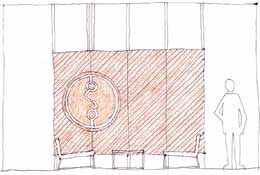

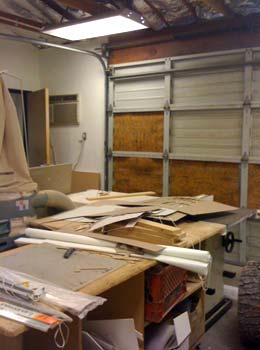
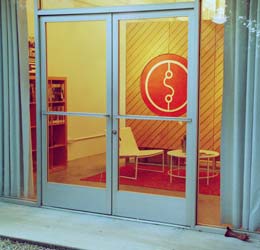
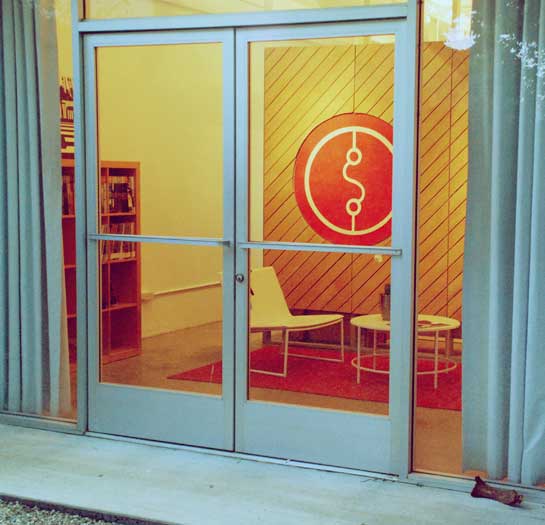
“It was a collaborative
effort all the way and we
had only two weeks to finish the work that was not part of the general contractor’s package.”
“It was a collaborative effort all the way and we had only two weeks to finish the work that was not part of the general contractor’s package.”
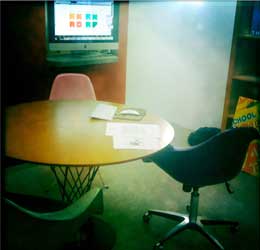
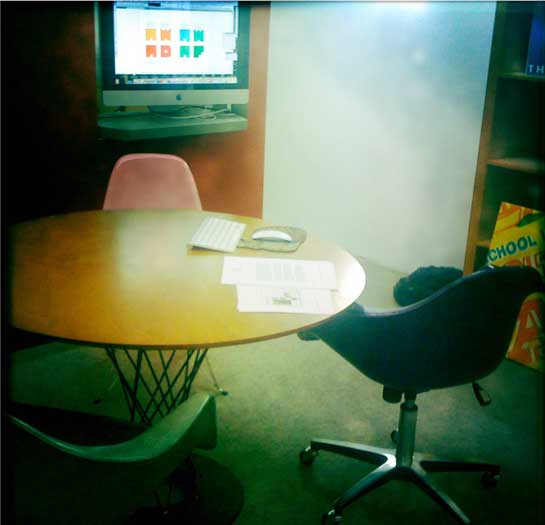
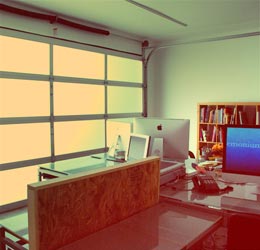

“Studio Fuse now enjoys a work environment that embodies not only the creativity of its work, but the merging of graphic and architectural elements to showcase their highly individual brand.”
Tags: architecture design